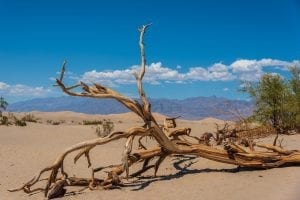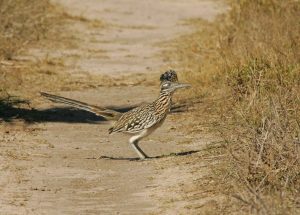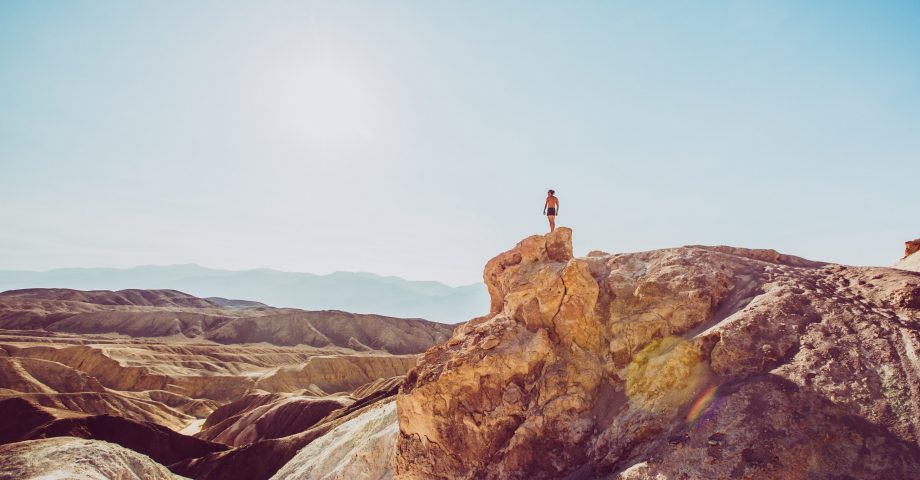With a name like Death Valley, how could you resist taking a closer look? That’s about all there is to say by way of an introduction… so sit back and enjoy these 11 fun facts about Death Valley:
1. It’s actually a National Park!
Death Valley National Park is located in California, USA.
2. There is litreally nowhere more arid in the states.
It’s the driest place in the whole of America.
3. There have been long stretches without rain.
1929 was the year in which not a single drop of rain fell!

4. Badwater Basin is a very low place indeed!
Death Valley is home to Badwater Basin — the lowest point in the nation. Badwater Basin lies 282 ft below sea level.
5. Leave the frying pan at home…
It’s also known as the hottest place on Earth. You can fry an egg on the ground here with ease!
6. It’s actually pretty floral!
Despite its name, the valley floor is covered with yellow flowers in the spring months.
7. The rocks are alive…
700 lb rocks have been leaving trails for years as they apparently move by themselves. These huge rocks actually move due to intense night temperature freezing the flash flood water.
Strong following winds then blow the rocks across the mud thanks to the lack of friction provided by the thin sheet of ice underneath.
8. The singing dunes are enormous!
The Eureka Sand Dunes are a staggering 680 ft high.
The sand then slides down so fast that it causes a high pitched noise which sounds like the desert is singing to you.

9. Meep, meep!
Roadrunners are one of the few animals who call Death Valley ‘home’.
10. In fact, it’s a largely avian habitat.
Virtually all the other animals who live there are also birds who fly down to seek refuge in the shade
11. Head here for inspiration!
Artists Drive is a section of Death Valley which features vibrant, multi-coloured hills as a result of the various oxides in the soil.

FAQs about Death Valley
Is Death Valley hotter than the Sahara Desert?
Yes - massively so. Temperatures in the Sahara can reach around 104 F… the highest temperatures recorded in Death Valley spiked at more than 134 F!
Does it rain at all in Death Valley?
Yes - but very sparingly. You’re only likely to see around two inches of rain per year in Death Valley!
Are there any plants that live in Death Valley?
Yes, surprisingly, there are more than 1,000 different plants that live and thrive despite the super dry climate here!
Do you know any fun facts about Death Valley? Share them in the comments below!










Comments are closed.